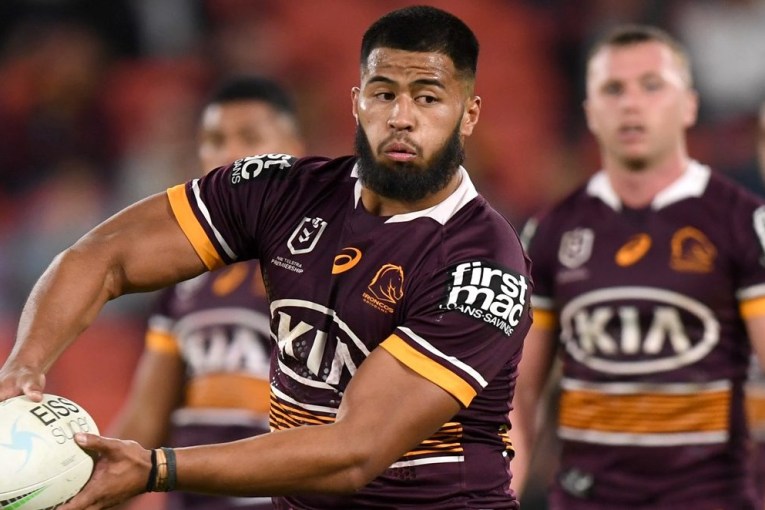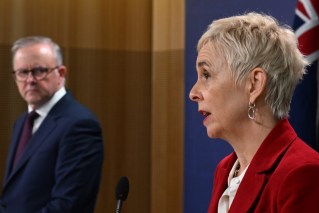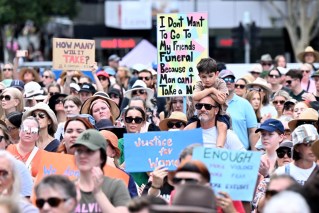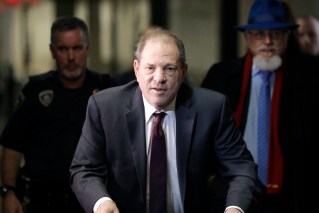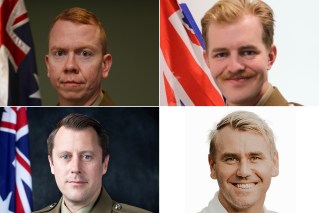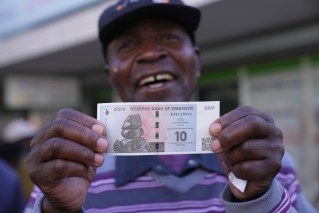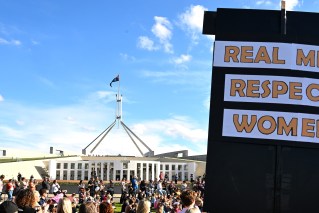Palaszczuk reveals new border pass, with an early red light for NSW visitors
The Palaszczuk Government is warning against travel to Sydney, has lingering concerns over Melbourne, and will tighten its border declaration system.
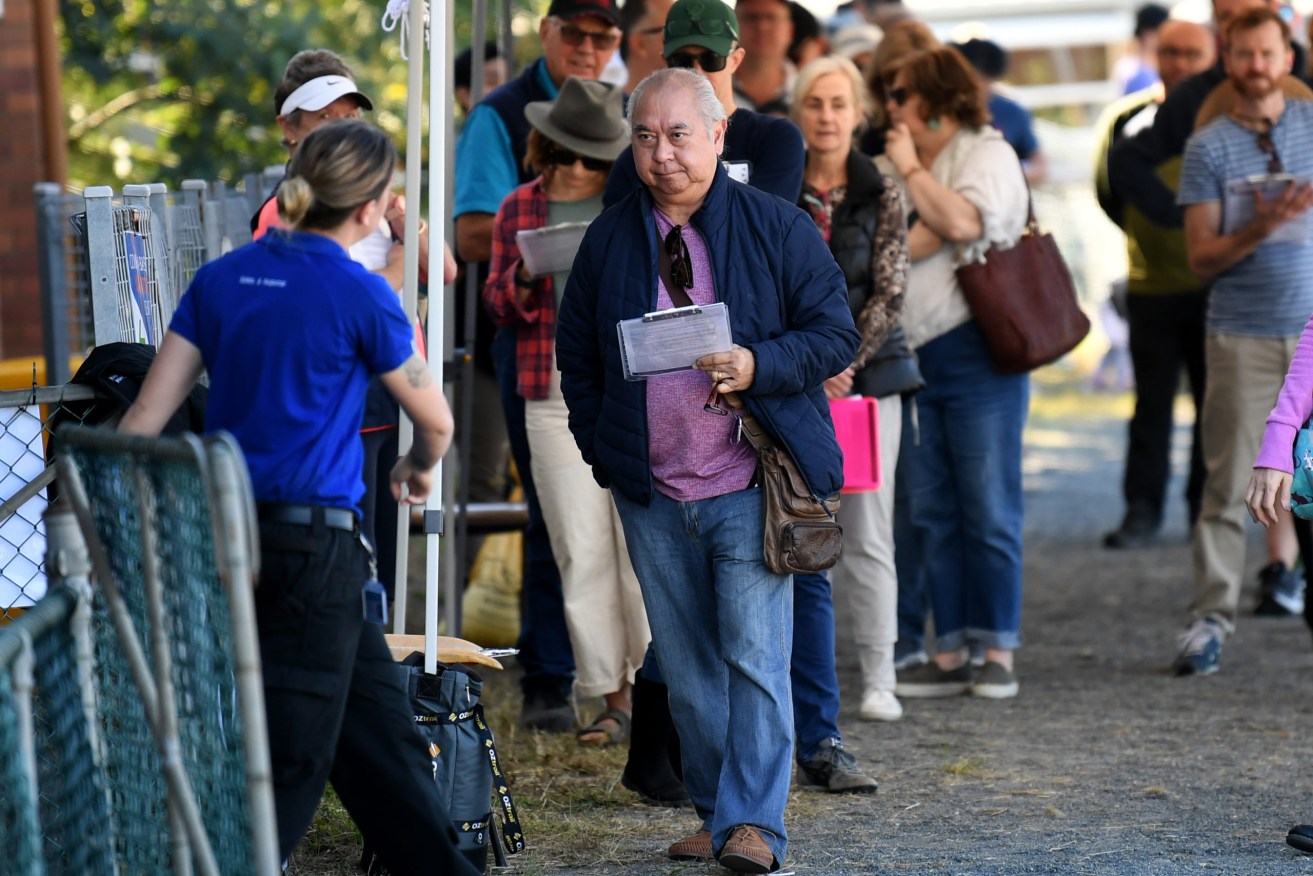
People line up to receive a coronavirus vaccination at the Rocklea Showgrounds, one of 18 hubs across the state. (AAP Image/Dan Peled)
Health Minister Yvette D’Ath said the new declaration system would classify travellers as green, amber and red, depending on the threat they posed to Queensland. She suggested anyone likely to be classified red should not attempt to cross the border, whether that be people from Greater Sydney, where there are new COVID-19 cases, or Melbourne where the threat is easing.
“A green pass indicates the individual has not been to any COVID hotspot and can travel freely into the state,” D’Ath said.
“An amber pass will be issued in the circumstances that someone is travelling to Queensland and has been to an interstate exposure site and applies particular quarantine conditions on the person when they arrive.”
The new passes will make it easier for authorities to track travellers from interstate, monitor whether they are complying with any restrictions, and follow-up any contact tracing. It comes amid concern there will be repeated breaches of hotel quarantine, threatening the nation’s recovery from the peaks of 2020.
D’Ath again urged any Queenslanders considering travel to Greater Sydney to reconsider, and said current restrictions on arrivals from Greater Melbourne would be maintained. That is despite the Victorian Government moving to ease restrictions tomorrow.
A coronavirus outbreak in Sydney’s eastern suburbs has grown to three, after a woman in her 70s was exposed to COVID-19 at a cafe.
NSW is once again on high alert after two new locally-transmitted were detected on Wednesday and a number of busy venues were declared potential exposure sites.
The third person – the woman in her 70s – tested positive after visiting one of those sites, the Bell Cafe in Vaucluse. Additionally, a man in his 40s has tested positive in the Baulkham Hills area.
The alarm about the latest outbreak began on Wednesday night when NSW Health discovered a man in his 60s and his wife had tested positive for COVID-19.
The Bondi man works as a driver and had transported international flight crews.
NSW Premier Gladys Berejiklian said the confirmed local cases – the first since early May – were a reminder of the need to be vigilant.
“We’ve been through this before. We can’t be complacent,” she said.
“We know that two can become 20 very quickly.”
Exposure sites have been identified across Sydney’s east and north, with federal and state health officials meeting on Wednesday night to discuss strategy.
In Melbourne, a nurse who tested positive while working in a COVID-19 ward has been found to have also worked shifts at a second Melbourne hospital.
Already, there are 22 Northern Hospital staff in isolation for 14 days, and now another nine staff and close contacts of the nurse at Epping Private are in isolation.
Queensland recorded six new cases in hotel quarantine, bringing the total number of active cases to 26.
Deputy Premier Steven Miles again called on the Morrison Government to roll-out more regional quarantine facilities, to avoid the risk of breaches in heavily-populated cities.
“If it happens again here in Queensland we will know Scott Morrison is to blame,” Miles said, adding that the proposal for such a facility in Toowoomba was larger, cheaper and could be delivered faster than a federally-supported facility in Melbourne.
The federal government reported one in four Australians had received at least one jab, having chalked up the second highest day of vaccinations (152,075) since the program began. Queensland has also had recent record days.
However, demand continues to outstrip supply, and there is speculation the restrictions on the use of the AstraZeneca vaccine, aimed at preventing blood clots, will be expanded, with Pfizer preferred for people under 60 instead of under 50 as is currently the case.
Having had the largest outbreaks, Victoria continues to lead the country in terms of vaccinations, but demand is outstripping supply.
Victoria’s Chief Health Officer Brett Sutton told reporters there were “genuine supply constraints”.
“To the extent that that supply certainty can come about, that will be great,” he said.
“Everyone wants us to get to a place where we can have high vaccine coverage and lead our lives differently.”
But hundreds of people in a Melbourne Southbank apartment complex have been forced into a fresh 14-day lockdown after several residents tested positive.
Fair Work Commission president Iain Ross noted in his decision on the minimum wage that the target had initially been to vaccinate 80,000 people a week and get to four million people by the end of March.
“The pace of the vaccine rollout also remains a risk,” Justice Ross said, adding that the faster than expected economic recovery made a 2.5 per cent minimum wage rise possible.
As the end nears for the initial phase of the vaccine rollout, almost 95 per cent of aged care workers across Australia have been fully protected with both doses of the vaccine.
Aged Care Minister Richard Colbeck played down reports some aged care workers in Victoria were yet to receive their first jab.
He has spoken to Victorian Health Minister Martin Foley, who said the reports were not correct.
-With AAP
